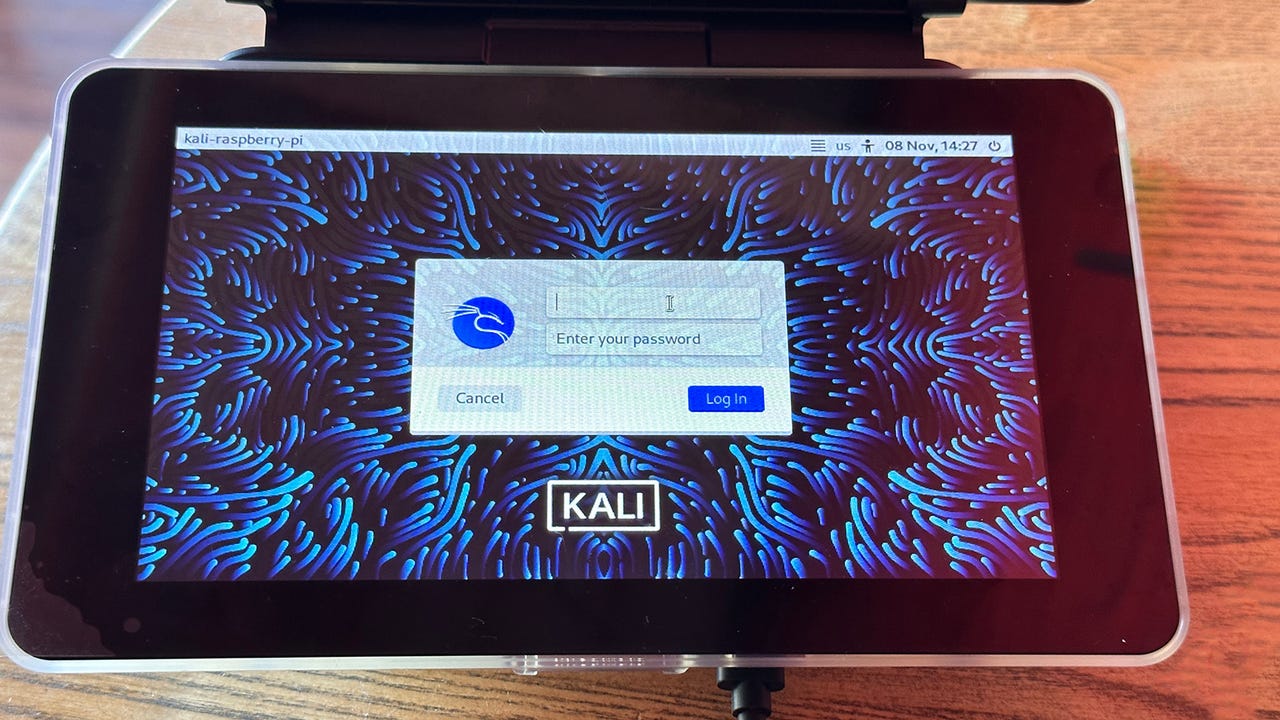'ZDNET Recommends': What exactly does it mean?
ZDNET's recommendations are based on many hours of testing, research, and comparison shopping. We gather data from the best available sources, including vendor and retailer listings as well as other relevant and independent reviews sites. And we pore over customer reviews to find out what matters to real people who already own and use the products and services we’re assessing.
When you click through from our site to a retailer and buy a product or service, we may earn affiliate commissions. This helps support our work, but does not affect what we cover or how, and it does not affect the price you pay. Neither ZDNET nor the author are compensated for these independent reviews. Indeed, we follow strict guidelines that ensure our editorial content is never influenced by advertisers.
ZDNET's editorial team writes on behalf of you, our reader. Our goal is to deliver the most accurate information and the most knowledgeable advice possible in order to help you make smarter buying decisions on tech gear and a wide array of products and services. Our editors thoroughly review and fact-check every article to ensure that our content meets the highest standards. If we have made an error or published misleading information, we will correct or clarify the article. If you see inaccuracies in our content, please report the mistake via this form.
How to install Linux on your Raspberry Pi

Kali Linux running on a Raspberry Pi 4 Model B.
While the default operating system for the Raspberry Pi is the Raspberry Pi OS, it's capable of running a variety of different operating systems. In fact, that tiny single-board computer (SBC) can run a variety of Linux distributions.
More Pi
I'm going to show you how to install two different Linux distributions, Kali and Parrot OS, on your Raspberry Pi.
To do this, we're going to use the Raspberry Pi Imager software on a separate computer to copy the operating system onto a microSD card, then use that to install it on a Raspberry Pi.
As a Raspberry Pi user, you're probably already familiar with this tool. If you want a refresher on how to install and use this software, you can check out this primer on how to set up a Raspberry Pi.
Requirements:
You'll need a microSD card, the Raspberry Pi Imager software installed on a separate computer (not your Raspberry Pi) with an SD card reader slot or external SD card reader, and a Raspberry Pi.
Also: How to install Kali Linux on Apple Silicon Macs
Ready? Let's go!
How to install Kali Linux
1. Run Raspberry Pi Imager and select an OS
The first operating system we're going to install is Kali Linux. This one is easy to install because it's one of the options in Raspberry Pi Imager.
To find it, run Raspberry Pi Imager on your main computer, click on Choose OS, and scroll down to Other specific-purpose OS, and in there you'll find Kali Linux.
Finding Kali Linux in Raspberry Pi Imager.
Click on this and you'll see several options. I'm going to choose the 64-bit version.
Different versions of Kali Linux are on offer.
2. Write to the microSD card
From here, the process is the same as for putting Raspberry Pi OS on the microSD card. With the microSD card in your main computer, choose your microSD card to write to, and click Write.
3. Move the microSD card to the Raspberry Pi
When Raspberry Pi Imager is done, take the card out of the card reader on your computer and pop it into the Raspberry Pi. Plug the Pi into power, and boot the system up.
Kali Linux booting up on a Raspberry Pi.
Easy!
How to install Parrot OS
For this, we're going to again use Raspberry Pi Imager, but Parrot OS isn't included in the list of alternative operating systems, so you'll have to download it from the ParrotSec website. You'll find all sorts of different flavors of Parrot OS on the website, and among them there are versions for the Raspberry Pi.
Here I'll be using the 64-bit Security Edition version for the Raspberry Pi.
1. Download Parrot OS
Download the operating system onto your computer. Because it's compressed you'll need an unzip tool to expand it (if you don't have one, here are options for Windows and Mac).
2. Run Raspberry Pi Imager and select the OS
Run Raspberry Pi Imager, click on Choose OS, and scroll down to Use custom. Find the Parrot OS version you downloaded and select it.
Using Raspberry Pi Imager to put a custom operating system on a microSD card.
3. Install Parrot OS
Now the process is as with any other installation. You choose your microSD card to write to, click Write, and then wait.
Parrot OS booting up on a Raspberry Pi.
FAQ
Is it safe to install Linux on a Raspberry Pi?
Yes.
While you might have to play around to get things working properly, the worst that can happen is that your Raspberry Pi won't boot, in which case remove the microSD card and boot using a different operating system.
Also: Where to buy the latest Raspberry Pi model and alternatives
Why install different Linux distros on your Raspberry Pi?
Because different distros have different capabilities. Some, such as the two featured here, are focused on security and penetration testing. It also allows existing Linux users to use a distro that they are already familiar with.
Also: How to choose the right Linux distribution
Does doing this void your Raspberry Pi's warranty?
No. It's supported by the official Raspberry Pi Imager software.
